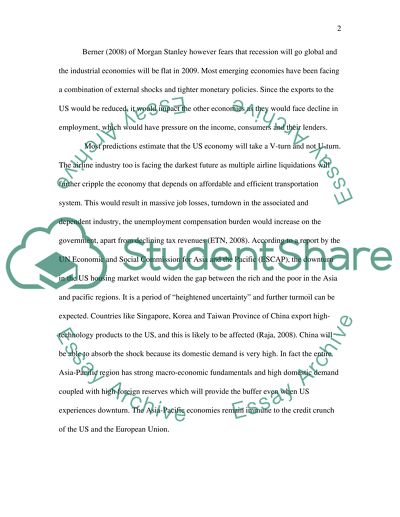Cite this document
(“Global Economic Outlook and Challenges Faced by Singapore Essay”, n.d.)
Global Economic Outlook and Challenges Faced by Singapore Essay. Retrieved from https://studentshare.org/miscellaneous/1548555-global-economic-outlook-and-challenges-faced-by-singapore
Global Economic Outlook and Challenges Faced by Singapore Essay. Retrieved from https://studentshare.org/miscellaneous/1548555-global-economic-outlook-and-challenges-faced-by-singapore
(Global Economic Outlook and Challenges Faced by Singapore Essay)
Global Economic Outlook and Challenges Faced by Singapore Essay. https://studentshare.org/miscellaneous/1548555-global-economic-outlook-and-challenges-faced-by-singapore.
Global Economic Outlook and Challenges Faced by Singapore Essay. https://studentshare.org/miscellaneous/1548555-global-economic-outlook-and-challenges-faced-by-singapore.
“Global Economic Outlook and Challenges Faced by Singapore Essay”, n.d. https://studentshare.org/miscellaneous/1548555-global-economic-outlook-and-challenges-faced-by-singapore.


